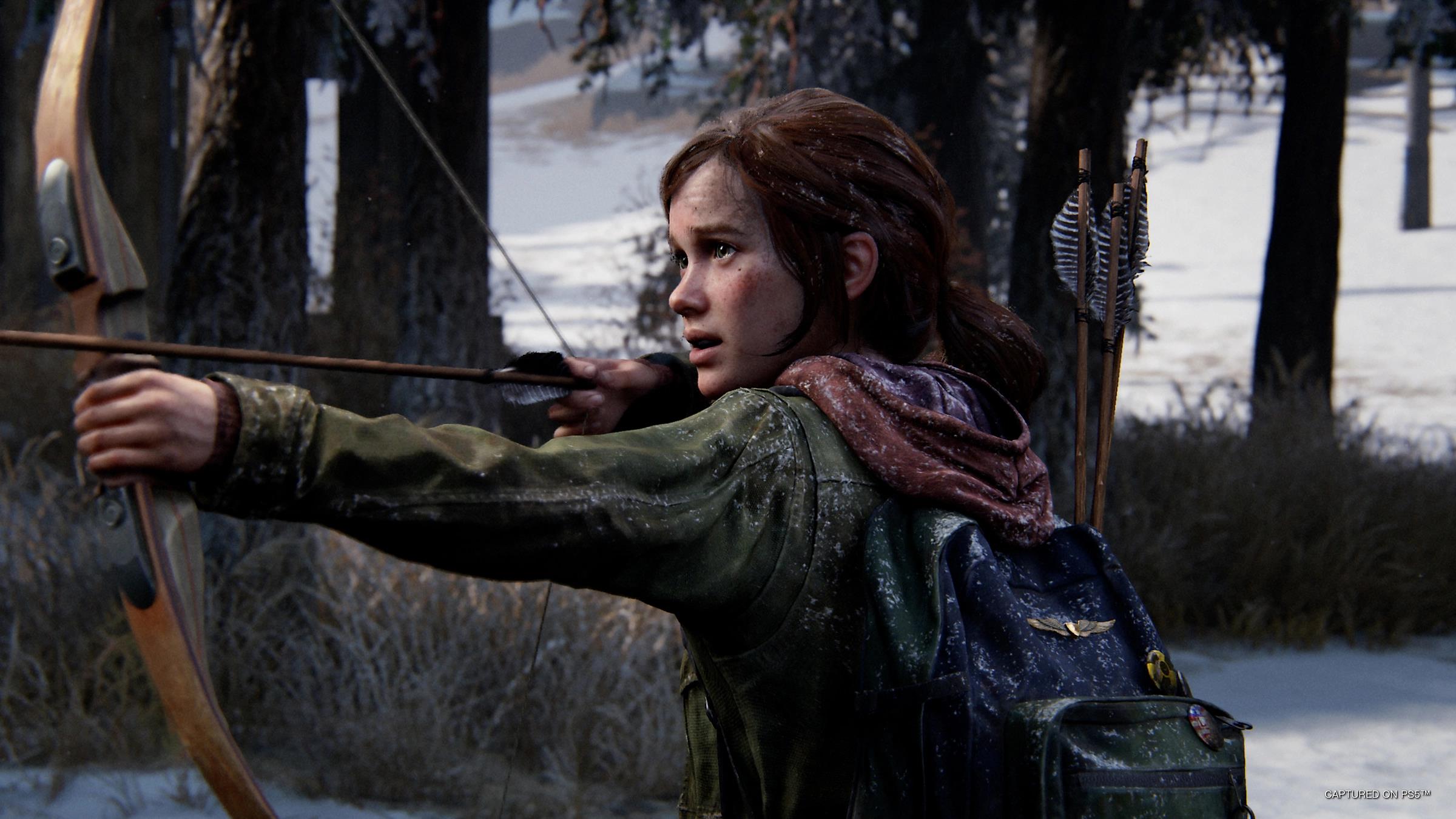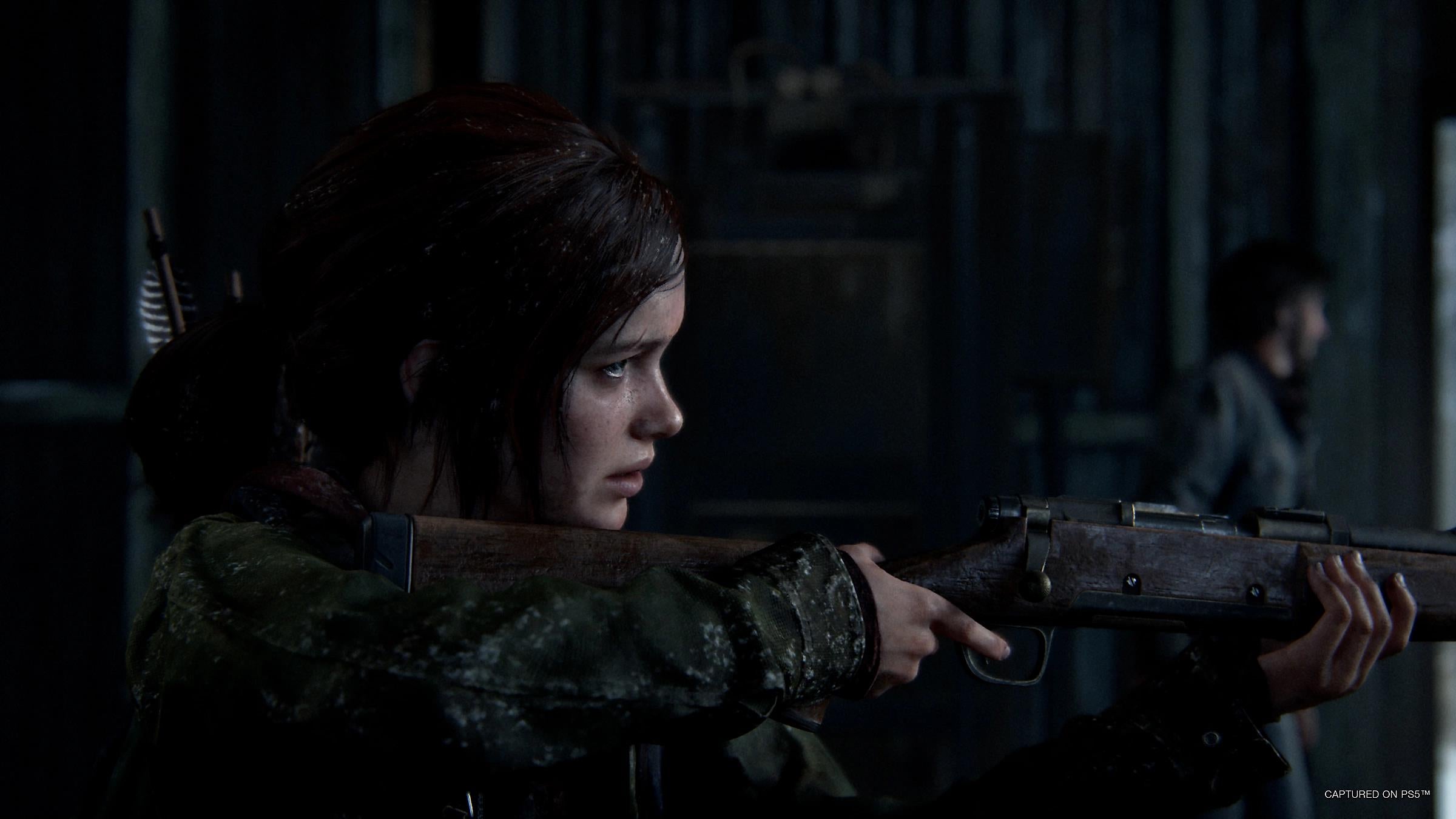A prime example of these debates comes with this September’s The Last Of Us, Part 1. A remake/remaster (I’m honestly not sure what to call it) of a game from 2013, this PS5 title will keep the core gameplay of the original, whilst improving the visuals, animations and AI, and add new DualSense capabilities, accessibility features and a slew of bonuses. The inherent value of The Last Of Us, Part 1 comes down to each purchaser’s differing context. Some may have never played it before, be that because of a lack of accessibility options or access to hardware, whilst others may just want to jump back into one of their favourite games with some improvements. If this was a new version of Dark Souls, I’m sure I’d eat it up, even if I thought it was overpriced. This game’s biggest value proposition, without a doubt, are the new accessibility features. Naughty Dog boasts “60-plus accessibility options” and a new audio description mode, with these additions iterating upon PlayStation’s other major first-party releases which have started to offer an array of comprehensive accessibility options on release. Accessibility in video games is a good thing, and no argument on earth holds weight against making the games we play approachable by more people. None. Having a triple-A developer like Naughty Dog and a publisher like Sony exceed the monumental number of accessibility options in 2020’s The Last Of Us, Part 2 only helps further cement the industry-wide precedent that welcomes as many people into video games as possible. People that couldn’t play the original in 2013 will find that this version is more accommodating – be that in big or small ways unique to them. I’m certain not everyone will be able to play still, but the better accessibility options become over time the more players our medium invites. Most of these new options will hold little value to a large number of players, but that doesn’t mean The Last Of Us Part, 1 has little to no value in itself. Whether or not these features are actually worth the asking price is something I’ll get to, but people willing to pay to play a game they couldn’t before shouldn’t be made to feel like they’re on the wrong side of history, because they aren’t. The Last Of Us, Part 1 is a landmark story and moment in video games as a whole, so giving players with specific accessibility requirements the opportunity to share their experience with those of us that have already played it is only ever going to be worth it. Also, adding all those features isn’t cheap. Players that missed the PS3 and PS4 generation but recently purchased a PS5, or watch next year’s The Last Of Us TV show, are also a target audience for this game. The games industry moves so fast that bringing popular games to new players often means doing so on a new generation of consoles, but how much a company charges and what they improve is always different. There’s a lot of surface level changes – and some even deeper changes – coming with The Last Of Us, Part 1, and for someone that’s never played the game before I can see these additions being enough to make this feel like a full price game – even if it doesn’t for others. It comes down to an individual’s perceived value more than anything else: if someone’s never played the game but now has the means too, all the extra DualSense capabilities, improved enemy AI, overhauled visuals, accessibility options and new bonuses could go a long way to making the package more palatable. For those that have played The Last Of Us though, having the same gameplay and actor performances likely won’t be enough, and that’s okay. With that out of the way, let’s address the giraffe in the room. Within the current industry landscape, £70 for a game from 2013 with minor mechanical changes is an egregious decision. If this price was for Part 1 and the previous PS5 upgrade of Part 2 in one package (which I do think will arrive at some point either way) then this conversation would be different. But it isn’t. I don’t begrudge anyone happy to pay this price, to be clear, but there have been plenty of visual remakes with extra content that haven’t forced full triple-A prices down our throats. Modern Warfare 2 Remastered – which came without the original’s multiplayer like The Last Of Us, Part 1 – retailed at £20, and that game first released in 2009. Even Mafia: Definitive Edition, which is a remake of a 2002 game, cost £36 and also had a slew of extra content. Naturally, each of these examples is on a case-by-case basis, so The Last Of Us, Part 1 doesn’t have an exact price point it should meet. This remake shouldn’t be free, with all the visual changes and additions coming to it, but it certainly doesn’t feel like it should cost as much as God Of War: Ragnarok. Marketing spiel is often as deceptive as it is captivating, and this means that until we can evaluate the game in our hands it’s almost impossible to decide if the price is totally justified. As I’ve argued throughout this piece though, there are some genuinely incredible improvements coming to The Last Of Us – I just can’t help but get hung up on that price. I don’t doubt that a lot of work has gone into this release of The Last Of Us, that’s not what this has been about. I’m examining what The Last Of Us, Part 1 means as an improved and updated version of a title a hair’s breadth away from being a decade old. We shouldn’t shy away from being critical of the media we consume and how it’s given to us, as we’ll often find that whilst there’s something to be rightly critical of, there’s always something to be said for improving a game and bringing it to more audiences. What one person sees as the reason to now play this game, others will think isn’t enough to pull them back in. After all, everyone’s definition of value is different. Perhaps The Last Of Us, Part 1 isn’t for me – but it appeals to you. And that’s OK.



